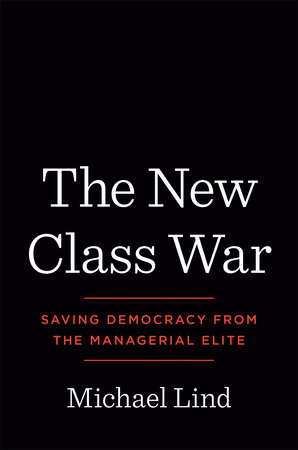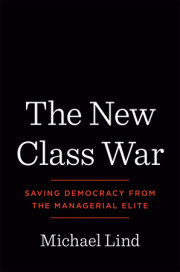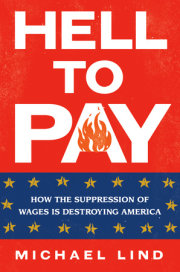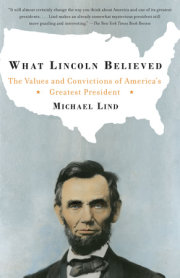Introduction
On the night of July 14, 1789, legend has it, news of the fall of the Bastille was brought by a duke to the king of France, Louis XVI. “Then it’s a revolt?” the king asked. The duke replied: “No, sire, it’s a revolution.”
On June 23, 2016, a majority of British voters passed the Brexit referendum requiring the United Kingdom to leave the European Union. A few months after that political earthquake, on November 8, 2016, came an even more shocking event: the election of Donald Trump as president of the United States.
Since then, throughout Europe, centrist parties have lost voters to outsider parties and politicians— sometimes on the left but more often on the populist and nationalist right. In the summer of 2018, a coalition of the right-wing populist League and the antiestablishment Five Star Movement came to power in Italy. In Germany, the center- left Social Democrats imploded, losing voters to insurgent movements on the right and left. Nations that were said to be immune to nationalist populism, like Sweden, Germany, and Spain, have seen insurgent populist parties enter their parliaments.
Under Emmanuel Macron, a former civil servant and investment banker who defeated the national populist candidate Marine Le Pen in 2017, France at first seemed immune to upheaval. “Emmanuel Macron’s victory in the French presidential election clearly demonstrates that the populist dominos in advanced economies outside the Anglo- Saxon world were not even close to falling,” Jacob Funk Kirkegaard, a senior fellow at the Peterson Institute for International Economics (PIIE), a free market think tank in Washington, DC, declared in May 2017, in an essay entitled “Macron’s Victory Signals Reform in France and a Stronger Europe.” Nearly a year later, in April 2018, Will Marshall of the Progressive Policy Institute, an architect of the “New Democrat” movement associated with the Clintons, published an essay in
Politico arguing that the French president proved that promarket neoliberal centrists could defeat the forces of populism and nationalism: “How Emmanuel Macron Became the New Leader of the Free World.”
Then, beginning in November 2018, protests that were initially directed against the impact of an increase in fuel prices on suburban, small- town, and rural French working- class citizens escalated into months of violent clashes among police and protesters that filled central Paris with tear gas and burning cars and ignited protests across France.
“Then it’s a revolt?”
“No, sire, it’s a revolution.”
Indeed it is. Europe and North America are experiencing the greatest revolutionary wave of political protest since the 1960s or perhaps the 1930s.3 Except in France, the transatlantic revolution to date has remained nonviolent. But it is a revolution nonetheless.
Copyright © 2020 by Michael Lind. All rights reserved. No part of this excerpt may be reproduced or reprinted without permission in writing from the publisher.















